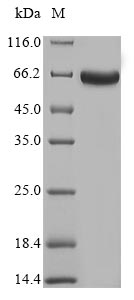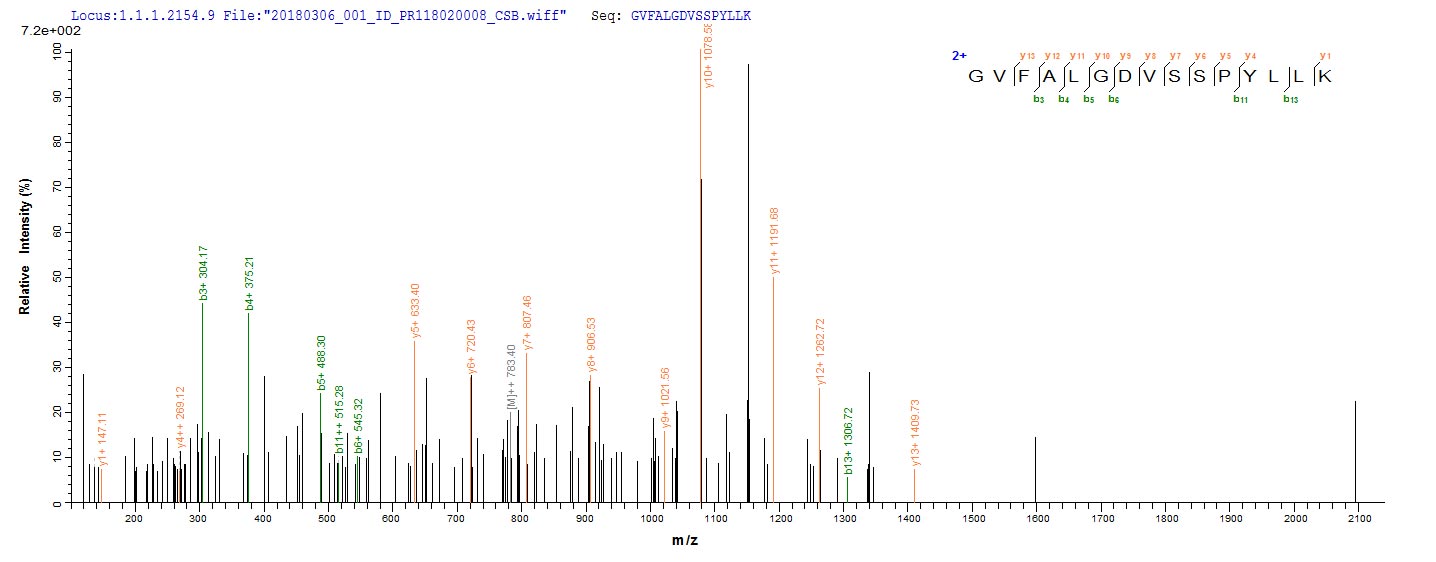Recombinant Mycobacterium tuberculosis Mycothione reductase (mtr) gets produced in E. coli and contains the complete protein spanning amino acids 1-459. The protein carries a 10xHis-SUMO tag at the N-terminus and a Myc tag at the C-terminus, which helps with purification and detection. SDS-PAGE analysis shows the purity exceeds 85%, making it suitable for research work.
Mycothione reductase appears to be a key enzyme in the antioxidant defense system of Mycobacterium tuberculosis. It seems to play an important role in maintaining redox balance by reducing mycothiol disulfide back to mycothiol. This function may be vital for protecting the bacterium from oxidative stress - something that's likely crucial for its survival and ability to cause disease. Given this role, it has become a significant focus in tuberculosis research.
Potential Applications
Note: The applications listed below are based on what we know about this protein's biological functions, published research, and experience from experts in the field. However, we haven't fully tested all of these applications ourselves yet. We'd recommend running some preliminary tests first to make sure they work for your specific research goals.
Mycobacterium tuberculosis Mycothione reductase (mtr) is a complex flavoprotein that requires precise folding, FAD cofactor incorporation, and proper disulfide bond formation for its enzymatic activity in mycothiol metabolism. The E. coli expression system cannot provide the specific mycobacterial folding environment or post-translational modifications necessary for this enzyme. The dual N-terminal His-SUMO tag (∼20 kDa) and C-terminal Myc tag may sterically interfere with active site formation and protein dimerization. While the protein may be soluble, it is highly unlikely to achieve correct folding with functional reductase activity. The probability of correct folding and activity is low.
1. Antibody Development and Immunoassay Studies
This recombinant mtr serves as an excellent immunogen for generating antibodies against linear epitopes of M. tuberculosis mycothione reductase. The full-length sequence ensures comprehensive coverage of the epitope. The dual tags provide additional epitopes for screening. However, antibodies may not efficiently recognize conformational epitopes on the native, properly folded enzyme.
2. Biochemical Characterization
This is the essential first step to assess physical properties, but not for functional enzyme assays. Techniques like size-exclusion chromatography can determine oligomeric state, while circular dichroism can analyze secondary structure. However, enzymatic activity assays will likely yield negative results due to probable misfolding and lack of FAD incorporation.
3. Comparative Protein Structure and Function Studies
This protein can be used for sequence-based comparisons and immunological cross-reactivity studies. However, comparative functional analyses would be invalid due to the protein's misfolded state. Structural comparisons via biophysical techniques are feasible but will characterize the misfolded variant.
Final Recommendation & Action Plan
This dual-tagged recombinant mtr is primarily suitable for antibody development and basic biophysical characterization, but fundamentally unsuitable for functional studies due to E. coli's inability to produce properly folded mycobacterial enzyme with incorporated cofactors. The immediate priority is Application 2 (Biochemical Characterization) to assess the protein's physical properties via SEC and CD spectroscopy. Application 1 (Antibody Development) can proceed immediately. Protein-protein interactions require precise tertiary and quaternary structures that this misfolded, tagged variant cannot provide. This protein is useful for non-functional comparative studies but not for activity-based functional comparisons. For functional mycothione reductase studies, alternative approaches using mycobacterial expression systems or native purification from M. tuberculosis are essential.








